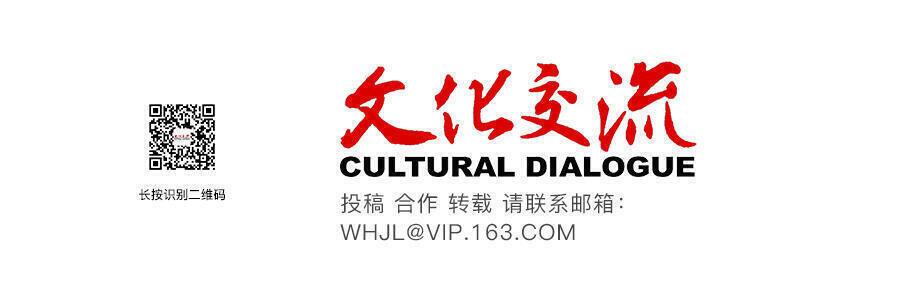Called Wuzhou in ancient times, Jinhua has eight counties within its jurisdiction, hence its alternative name, Bawu (“ba” meaning “eight”). The city’s mother river is Wujiang River. The locals’ favorite opera is Wu Opera, with the China Wu Opera Theatre being the city’s most prominent cultural landmark. In the local dialect, “a lang” means “we”, used by all Jinhua people for first-person reference.
The best way to introduce Jinhua to those who know little about the city is to mention its calling card – Jinhua ham. From our experiences, chances are that you will get an “ah ha” followed by “sure I know.” And for those who still look puzzled, you can mention Yiwu, the world-famous small commodities market that is known to almost all businesspeople on this planet, and the Hengdian World Studios surely works if you have to convince someone who knows a little about the movie industry of China.
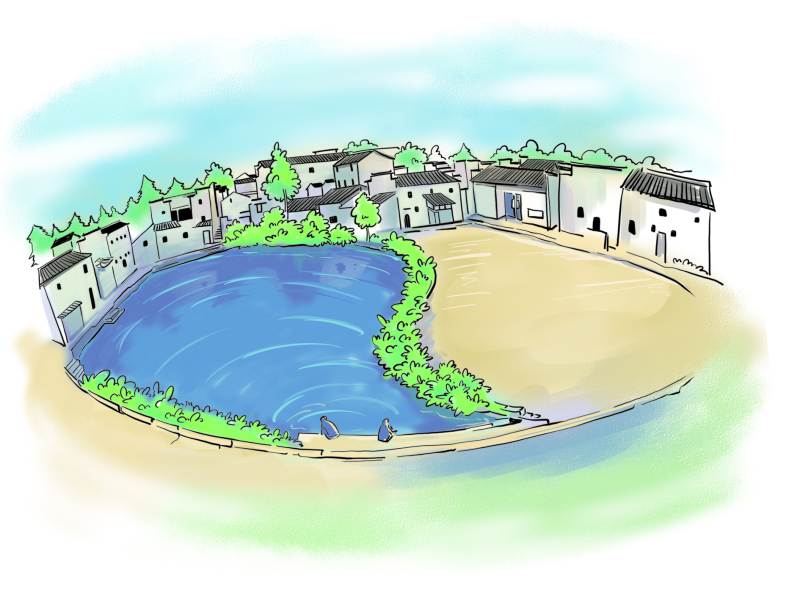
Louis Cha’s Ham Recipe
Many people who claim to know about the fame of Jinhua ham have the slightest idea about how to cook it properly. In , Louis Cha invented a ham-and-tofu recipe that magically transfuses the flavor of ham into tofu through the supernatural power of Huang Rong, the heroine of the novel. The recipe caught the eye of Hong Kong’s most famous food critic, Cai Lan, whose copy-and-paste of the recipe later became a signature item on the menu of Louis Cha’s Private Kitchen in Hong Kong.
For chefs in Jinhua, however, the recipe is too costly to follow, because the way Huang Rong uses the ham is too time-consuming to try in a real kitchen and leads to the waste of the whole chunky piece of pork. A simplified version of the recipe is to steam tofu with minced or sliced ham on it.
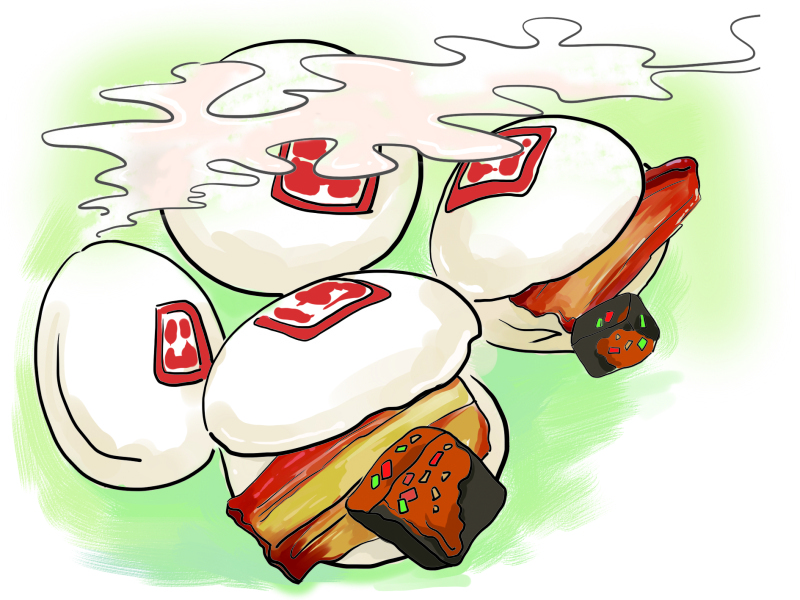
Jinhua Rice Wine
Jinhua rice wine is rated by Feng Shihua in his (written in the Ming Dynasty) as one of “the four Chinese treasures” ranking together with the calligraphy of the Jin Dynasty. In the Ming Dynasty erotic classic, , the protagonist is “donned in Hangzhou silk” and “drinks Jinhua wine”.
During the prohibition period ordained by Zhu Yuanzhang, founder of the Ming Dynasty (1368-1644), after his troops took Wuzhou under his wing in 1385, the son of Hu Dahai, Commander of Zhejiang, yielded to the intoxicating wine made in Jinhua. “I’d rather be hated and betrayed by Hu Dahai than see my order issued in the morning and countermanded at night,” Zhu Yuanzhang said no to his advisors’ pleading for leniency and insisted on a penalty of death of the man, regardless of the fact that his father was fighting a bloody battle against the Yuan troops. The father came back still loyal and devoted to the emperor.
The glory of Jinhua wine eventually became dust-laden. For people today, it takes a lot of exploration of authentic home-brewed Jinhua wine to sense its former brilliance.
Jinhua Crisp Cake
Jinhua Crisp Cake, ranked with Jinhua Ham and Jinhua Wine as the “three treasures of Jinhua”, is legendarily a casual invention by Cheng Yaojin, who made a living by making the sesame-flavored dried vegetable and pork cake in present-day Jinhua before joining the Sui troops and eventually becoming one of the founding generals of the Tang Dynasty (618-907). Legend has it that one day the guy had to put the leftover of a whole day’s business back into the hearth so that the “su bing” could remain fresh and crisp in the lingering warmth till the next morning. The result of a whole night’s toasting is a new, crisp type with a much tastier flavor and a longer shelf life that brought his business a new army of fans.
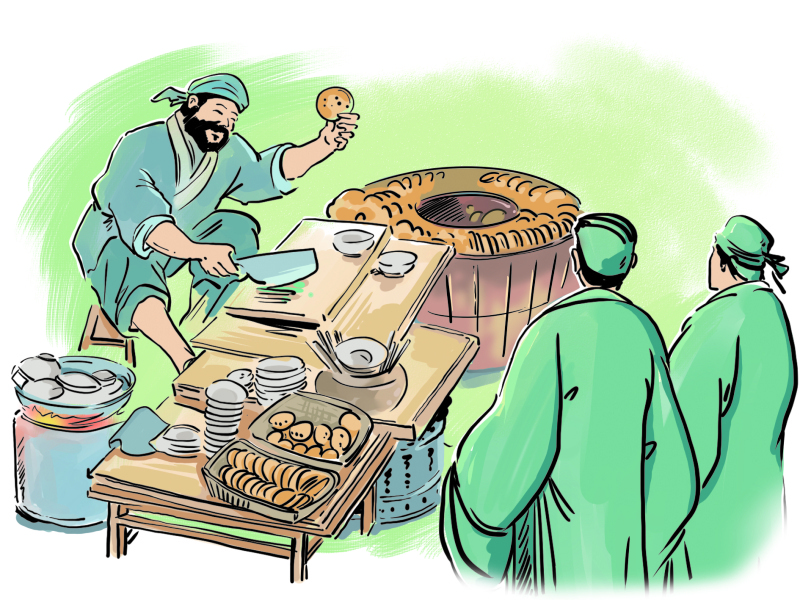
Shangshan Civilization
The Shangshan Ruins, unearthed in the outskirts of Huangzhai Town in Pujiang County, Jinhua, in 2000, proves Jinhua people have much more than the city’s “three treasures” to feel proud of. Officially named “Shangshan Civilization” in 2006 and put under state-level protection, the site produced artifacts that span a history of more than 10,000 years, leaving the Liangzhu Culture in Hangzhou and Hemudu Culture in Yuyao, Ningbo far behind. The site, although known by very few outsiders, has rewritten the history of rice cultivation in China, overturning the verdict that the pre-historical China produced only millets.

Li Qingzhao’s Poem
Bayong Pavilion, originally Yuanchang Pavilion, first built in 494 by Shen Yue during his tenure as a prefecture governor in Dongyang in the Southern Dynasty, is one of the most important historical sites in Jinhua. The fame of the spot is brought to its apex by Southern Song poet Li Qingzhao, who was so impressed by the grandeur of the cityscape that she wrote a poem using the name of the pavilion as the title. The character of the city as well as the pavilion’s daring architectural charm is so perfectly depicted in the poem that it has found its way into the local textbook and almost become the best advertising slogan of the city, for which Jinhua people rewards the poet by erecting a statue of Li Qingzhao at the site.
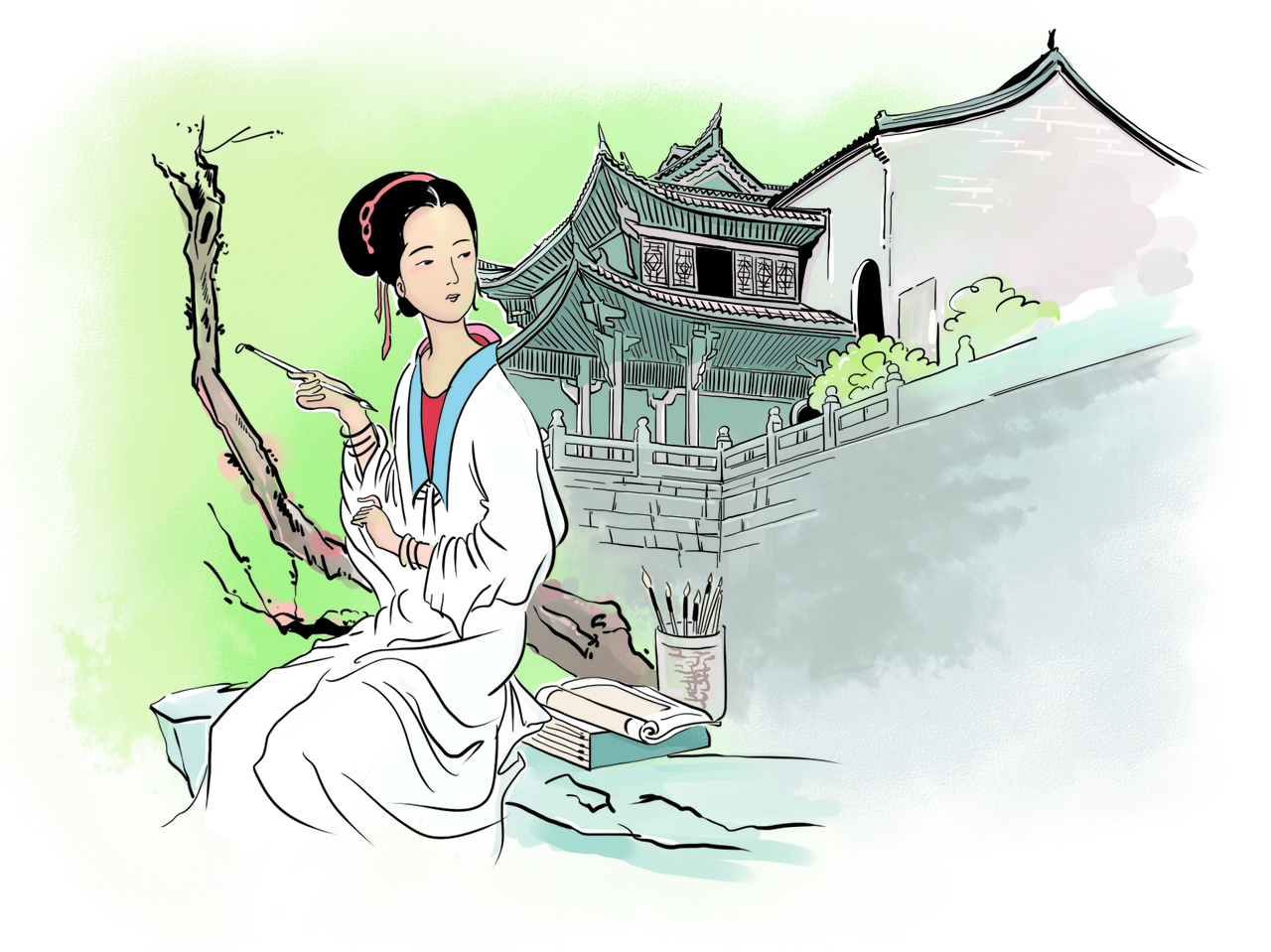
Traffic Rules
One of the folk songs created by Jinhua people hints at the historical origin of the locals’ well-observed “road manners”. The folk song explains the rules, one of which points out “the pregnant first even in case of a wedding procession”, in simple language. In this sense, it is no exaggeration to say that Jinhua people know better about making way for other people than their peers in other cities.
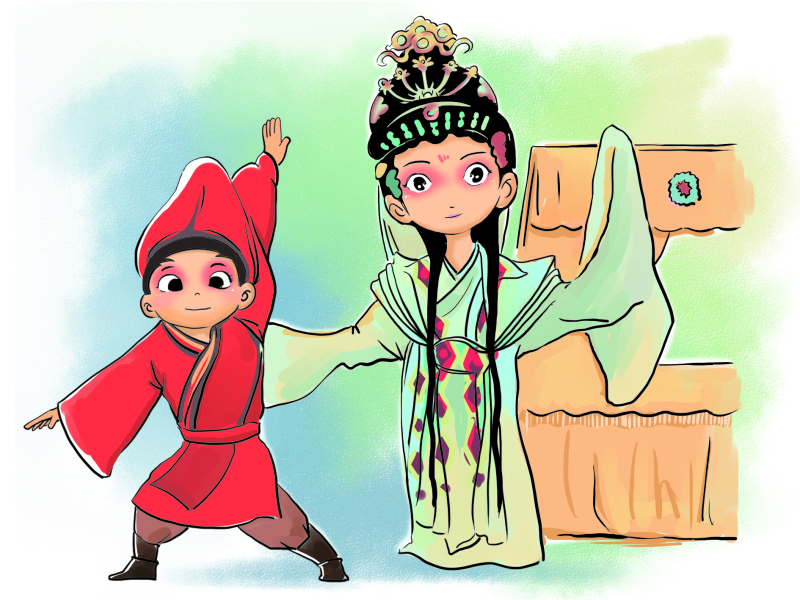
Masters of Rhetoric
Jinhua people are masters of rhetoric, going out of their way when it comes to using adjectives. A case in point is that the locals are never satisfied with basic adjectives describing colors. They are fastidious about precision. For example, to describe the color of sunset glow as “red” is like saying nothing at all. In Jinhua, you hear a lot of “crimson red”, “snow white”, “pitch-dark” and “emerald green”.
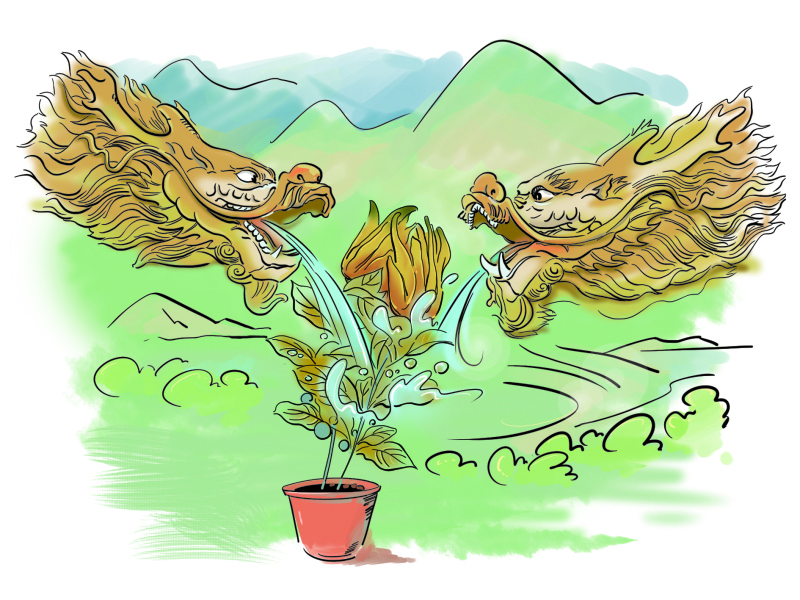
The “March Green”
For foodies, nostalgia is almost the pronoun of the “flavors of the hometown”. For Jinhua people, the pronoun is “March Green”, the colloquial reference to a local vegetable rarely grown outside the Jinhua region. The locals are fastidious about the bittersweet flavor of the vegetable; and the most favorite, homey way of cooking “March Green” is to deep-fry it with dried pieces of bean curd.
